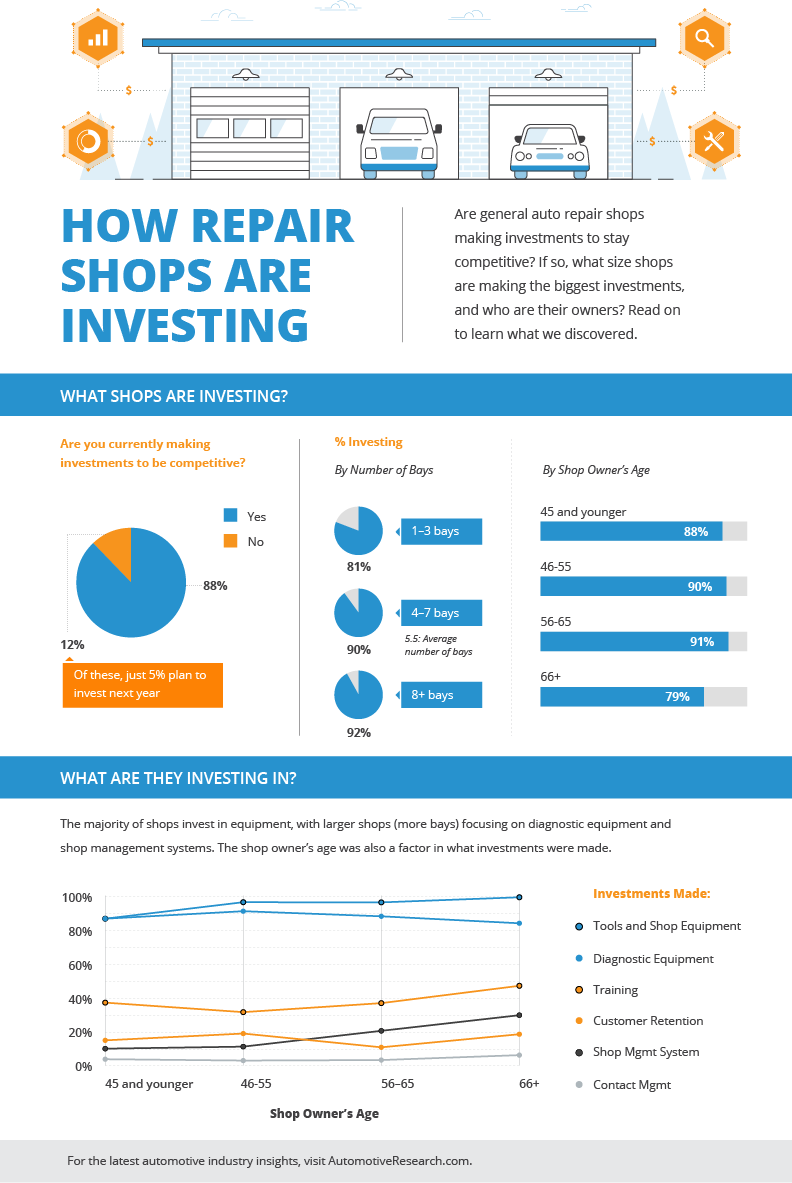Analyzing Your Auto'S Caution Indicators: What They Really Share
Analyzing Your Auto'S Caution Indicators: What They Really Share
Blog Article
Write-Up Developed By-Termansen Dalgaard
When you lag the wheel, those beautiful warning lights on your control panel can be a little bit difficult. Do you recognize what they're trying to tell you about your cars and truck's health? Recognizing the value of these lights is important for your safety and security and the durability of your vehicle. So, the following time among those lights turns up, would not you want to understand its message precisely and take the needed actions to address it?
Common Caution Lights and Interpretations
Recognize typical warning lights in your automobile and comprehend their significances to ensure risk-free driving.
One of the most normal warning lights consist of the check engine light, which signifies concerns with the engine or discharges system. If this light begins, it's essential to have your car checked quickly.
The oil stress cautioning light indicates low oil stress, requiring prompt interest to avoid engine damage.
A flashing battery light may suggest a malfunctioning billing system, possibly leaving you stranded otherwise resolved.
The tire pressure monitoring system (TPMS) light alerts you to reduced tire stress, affecting car security and fuel performance. Ignoring this could lead to risky driving conditions.
The ABS light suggests a trouble with the anti-lock stopping system, jeopardizing your capacity to stop quickly in emergencies.
Lastly, the coolant temperature advising light warns of engine getting too hot, which can result in severe damages otherwise fixed swiftly.
Comprehending these usual caution lights will assist you attend to problems immediately and keep safe driving problems.
Significance of Prompt Interest
Understanding the typical caution lights in your vehicle is only the initial step; the value of promptly attending to these cautions can't be stressed sufficient to ensure your security when driving.
When https://www.orlandosentinel.com/business/os-ne-five-tips-women-can-use-to-keep-auto-repair-costs-down-20210809-wmmbgksdqrdpnnutfamdw6rgoy-story.html brightens on your control panel, it's your car's means of interacting a potential issue that requires attention. Neglecting these cautions can result in a lot more serious problems later on, endangering your safety and security and possibly costing you more out of commission.
Trigger attention to cautioning lights can prevent malfunctions and crashes. For instance, a flashing check engine light could suggest a misfire that, if left neglected, can create damage to the catalytic converter. Resolving this quickly can conserve you from an expensive fixing.
In a similar way, a brake system warning light may signal low brake fluid or used brake pads, essential components for your safety and security when driving.
Do It Yourself Troubleshooting Tips
If you notice a caution light on your dashboard, there are a few DIY troubleshooting pointers you can try prior to looking for specialist help.
The initial step is to consult your car's manual to comprehend what the certain caution light indicates. Often the concern can be as simple as a loose gas cap triggering the check engine light. Tightening the gas cap may solve the problem.
Another typical concern is a reduced battery, which can trigger various advising lights. Inspecting the battery links for deterioration and ensuring they're secure might fix the issue.
If a caution light lingers, you can try resetting it by detaching the automobile's battery for a few minutes and afterwards reconnecting it. Additionally, inspecting your car's fluid levels, such as oil, coolant, and brake liquid, can help troubleshoot warning lights connected to these systems.
relevant web site
In conclusion, understanding your cars and truck's caution lights is important for keeping your lorry running efficiently and securely. By without delay attending to these signals and recognizing what they mean, you can prevent pricey repairs and prospective breakdowns.
Remember to consult your cars and truck's manual for certain details on each alerting light and act accordingly to make certain a trouble-free driving experience.
Keep educated, remain secure when traveling!
